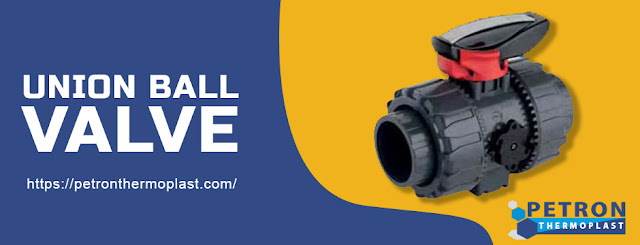Have you ever been asked what ORP is? Most of us know what it represents but have yet to learn what it is or why it is significant. The Oxidation Reduction Potential (ORP) of a sanitizer in water measures its effectiveness. ORP Sensor is an electronic measurement of a chemical substance's ability to oxidize or reduce another chemical substance in millivolts (mV). Both oxidation and reduction are chemical reactions that involve the exchange of electrons between molecules (gaining or losing an electron). So ORP measures the possibility of such reactions occurring in your water. The higher the oxidation potential in the swimming pool, the more efficient your sanitizer is. Sanitizers that are more efficient result in safer, cleaner water. It's a lovely thing.
What Is The Purpose Of ORP?
ORP is widely used because it is practical, usually accurate, and allows us to monitor electronically what is going on in the water. ORP is a real-time reading of chlorine's performance that does not measure the amount of chlorine. From a health standpoint, most operators agree that disinfection matters; the amount of chlorine can sometimes be more important than its effectiveness. In an ideal world, we would have a small amount of chlorine that is extremely efficient, allowing us to accomplish more with less.
We did some research and have yet to find data indicating an ORP that is "too high" or where it becomes less valuable. We know that ORP should be greater than 650mV; anything greater than 750 is good, and anything greater than 800 is excellent. Beyond that, the exact numbers are up to the operator's discretion, but we can all agree that higher is better.
Consider These Features and Technology for Your Next pH Sensor.
There are numerous options and brands to consider when finding the right
pH/ORP Sensor for your application. This task can easily become overwhelming
and confusing if not guided by an expert who understands how the sensor will be
used. And, assuming you've found the right type of pH/ORP sensor, a slew of
features could make your process safer or more efficient. The first section of
this post is devoted to the technology and features to consider when selecting
a pH Sensor. The second section delves into the various types of sensors and
the applications they best serve.
- SMART-Enabled
Allows the pH sensor to have a memory that stores calibration
information, eliminating the need to bring calibration equipment into the
field. The sensors can be plugged directly into the system to begin measuring
and then removed with minimal downtime. This is useful for remote applications
or installations with multiple installations.
- The Reference Cell Junction
Type
Single junction electrodes are less expensive for contacting the sample with the reference electrode cell. When exposed to conditions such as high pressure, high temperature, high acidity, or high alkalinity, the reference electrode can become contaminated, failing. This is referred to as sample ingress. Double junction electrodes' inner and outer junctions isolate the reference electrode cell. This reduces contamination even if sample ingress occurs, making it suitable for samples containing heavy metals. Triple junction electrodes further isolate the reference electrode cell, allowing for dependability and accuracy even in harsh samples.
The material of the junction is also significant. Some materials, such as Polytetrafluoroethylene (PTFE), are hydrophobic and chemically resistant, preventing contamination or clogging that results in unreliable readings.
PETRON THERMOPLAST is a leading global manufacturer of thermoplastic
industrial engineering products, specializing in chemical and wastewater
treatment plants. You can find the ORP sensor here.






No comments:
Post a Comment